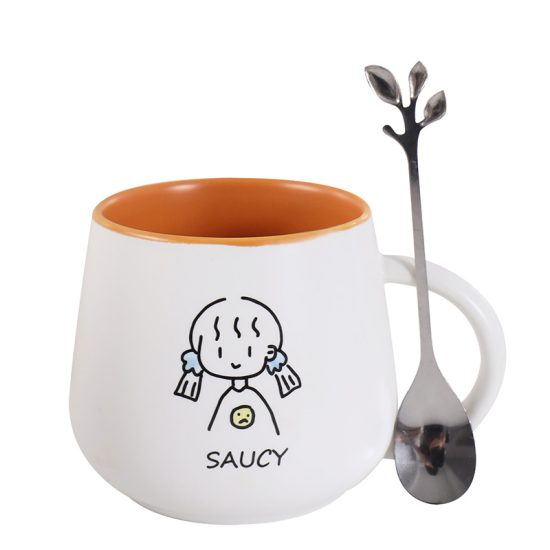Ceramic cups play a significant role in cultural traditions, particularly in tea ceremonies around the world. Here are a few examples of how ceramic cups are used in different tea ceremonies:
- Japanese Tea Ceremony (Chanoyu): In the Japanese tea ceremony, ceramic cups known as chawan are used. Chawan are typically handcrafted and have a simple, rustic aesthetic. The cups are considered essential for experiencing the ritual of preparing and drinking matcha, a powdered green tea. The design and shape of the chawan can influence the aroma, flavor, and temperature of the tea.
- Chinese Tea Ceremony (Gongfu Cha): Gongfu Cha is a Chinese tea ceremony that emphasizes the art of brewing and appreciating tea. Ceramic cups called gongfu cups are used in this ceremony. Gongfu cups are small, typically holding only a few sips of tea. The cups are often designed with a wide mouth and a narrow base to allow the tea’s aroma to concentrate while sipping. They are usually made from porous clay, such as Yixing clay, which is believed to enhance the flavor of the tea over time.
- Moroccan Tea Ceremony: In Morocco, tea occupies a central place in hospitality and social gatherings. A traditional Moroccan tea set includes a teapot, usually made of metal, and small ceramic cups called Moroccan tea glasses. These cups are typically decorated with vibrant colors and intricate patterns. The tea is poured from a height to create a frothy layer on top, and the cups are held from the rim to avoid touching the hot glass.
- Korean Tea Ceremony (Darye): In Korean tea ceremonies, ceramic cups called dakjeobeol are used. These cups are often made of white porcelain and have a clean and elegant appearance. The cups are small, with a shallow and wide shape. They are designed to be held with both hands, reflecting the emphasis on mindfulness and tranquility during the tea ceremony.
- Indian Chai Culture: In India, chai is a popular spiced tea that is deeply ingrained in the culture. Traditional chai is often served in small, unglazed clay cups called kulhads. The porous nature of the clay helps to enhance the flavor of the tea, giving it a distinct earthy taste. Kulhads are commonly used by street vendors and are known for their eco-friendliness, as they are disposable and biodegradable.
In these tea ceremonies and cultural traditions, ceramic cups not only serve as vessels for serving and drinking tea but also contribute to the aesthetics, sensory experience, and cultural significance of the ceremonies. The design, material, and craftsmanship of the cups are carefully chosen to enhance the enjoyment and appreciation of tea.


